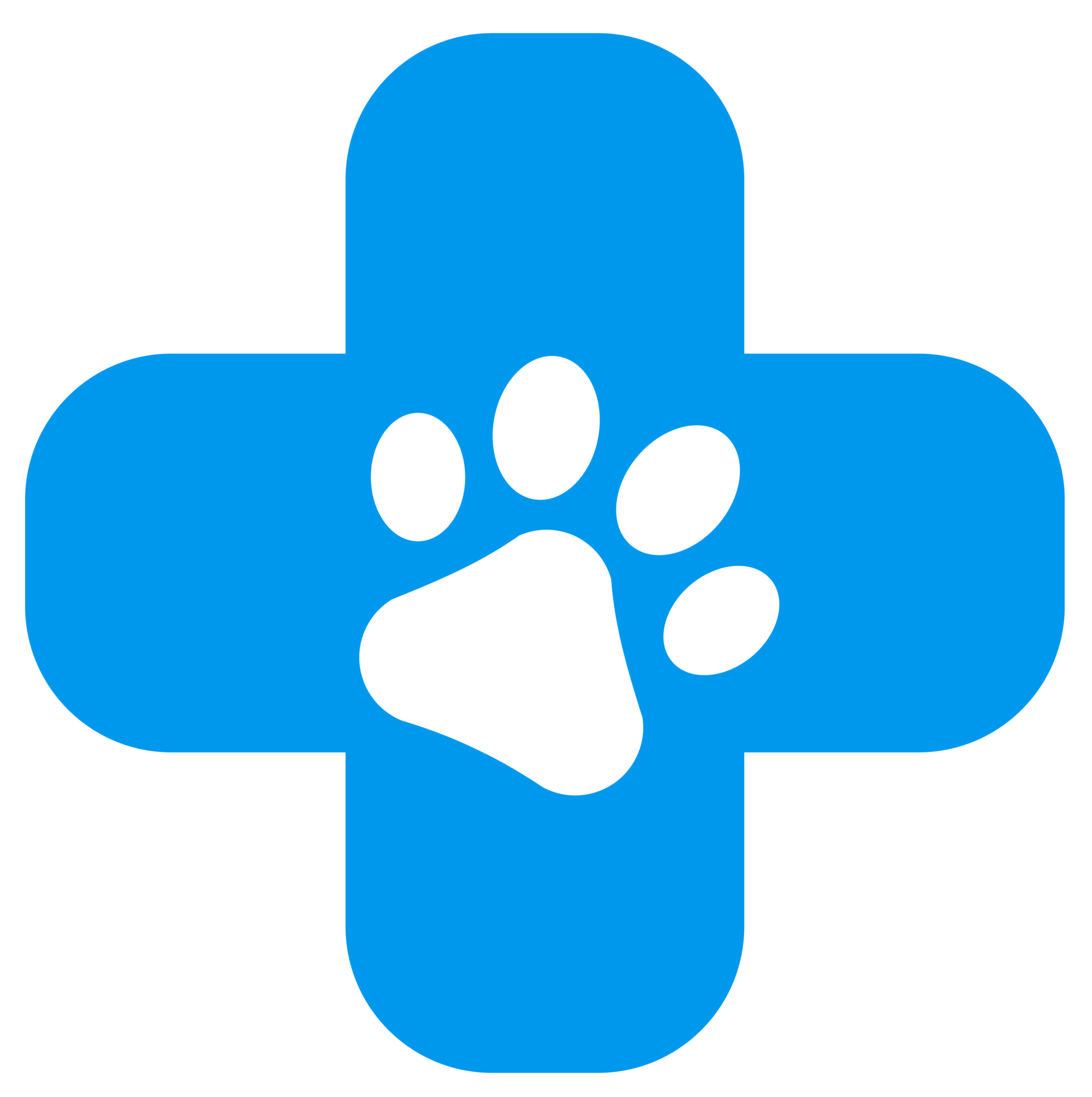Femoral Head Ostectomy Recovery Guide for Your Pet
Incision: Surgical incisions need to remain dry to prevent infection. If the incision becomes dirty, gently clean it with hand soap and water, and pat dry with paper towel. Otherwise, leave it alone. Keep checking the incision frequently until it is completely healed. Look for swelling, oozing, pus, redness, heat, bad odor, and loose or missing staples or stitches. Excessive licking can irritate an incision and cause infection or drainage. A normal amount of drainage is none to just a few drops. The incision may be slightly puckered at first but it should improve to normal smooth skin as it heals.
Medication: Follow the medication schedule exactly and give prescribed medications for the length of time indicated. NSAIDs should always be given with a meal to prevent stomach upset. Give the entire course of medications. If you miss a dose, do not double up the next dose. Simply resume the dosage schedule with the next treatment and keep giving the medication until it’s gone.
Feeding, Potty time and bathing: A decreased appetite usually isn’t a concern for the first day after surgery. If your pet is not eating or drinking 24-36 hours after going home though, notify your veterinarian. Fresh water should always be available. Many pets will not have a bowel movement for 1 to 3 days after coming home. This timeframe is normally not a concern. If your pet does not produce any stool by 72 hours after returning home contact your veterinarian. Do not bath your pet until sutures or staples are removed at 14 days post op.
E-collar / “The Cone”: Lampshade-like cones, also called Elizabethan collars or e-collars, go around your pet’s neck. These devices help prevent your pet from irritating the incision, creating an infection, and pulling out stitches or staples Some e-collars are made of fabric or may be inflatable which may or may not work depending on where your pet’s incision is located. Ask your veterinary team for recommendations. Eating can be complicated and messy while wearing an e-collar. If it is removed the pet must be supervised until the collar is replaced. It takes only seconds for a pet to get to an incision and cause infection, which can be catastrophic.
Rehabilitation: The goal of the post operative recovery in this surgery is to form the fibrous pseudo-joint in the gluteal muscles at the top of the femur, adjacent to where the neck and head were just removed and smoothed.
Exercise should be promoted post operatively to form this pseudo-joint. Daily walking, ball playing, swimming and even exercise with other dogs should be promoted. Use of anti-inflammatory drugs and pain meds as needed and prescribed by your veterinarian should be used to assist your pet through this time-frame. Ice packs to the surgical site may be applied for 10 minutes after periods of exercise to help reduce pain and inflammation.
Pet physical therapy, more accurately known as rehabilitative therapy is available in the county in numerous locations and is also recommended as use of an underwater treadmill helps speed post-operative recovery.
